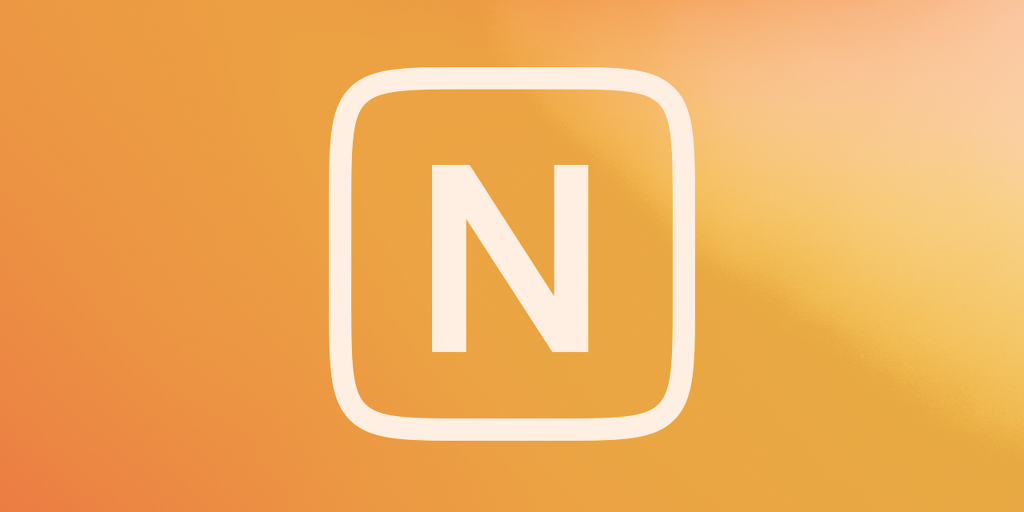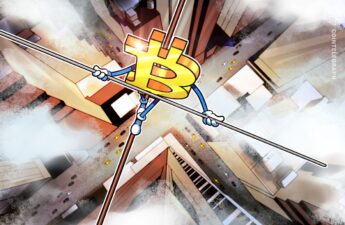In brief
Nifty Gateway will soon launch a semi-custodial Ethereum NFT trading system that it says cuts gas fees by up to 70%.
The approach moves some aspects of the wallet-to-wallet trade off-chain to minimize Ethereum blockchain calls.
NFT marketplace Nifty Gateway recently made a significant shift, pivoting from its original focus solely on curated art drops to become an aggregator of Ethereum NFT marketplaces. But as co-founders Duncan and Griffin Cock Foster tell Decrypt, that was just one step towards a larger plan. Today, the company is revealing a new method to cut Ethereum gas fees by up to 70% on NFT transactions.
Gas is the variable cost of transacting on the Ethereum blockchain, where most NFT trading activity currently takes place. And as the NFT market exploded in demand in 2021, these fees have surged to new highs. To many, the gas fees have made Ethereum NFT sales prohibitively expensive to all but the biggest ETH whales who bet on making back their fees (and then some) by flipping their NFT investments in the future.
The debate over Ethereum gas fees has reached a fever pitch lately, yielding Twitter spats as even long-term supporters rethink the viability of the current leading NFT ecosystem.
“Gas fees have become a really challenging issue for all Ethereum-based projects at this time,” Duncan told Decrypt. “If you’re spending $200 on an NFT and the gas fee to purchase that NFT is $100, a lot of times you’ll just choose to not make that purchase.”
Yes I have abandoned Ethereum despite supporting it in the past.
Yes Ethereum has abandoned its users despite supporting them in the past.
The idea of sitting around jerking off watching the burn and concocting purity tests, while zero newcomers can afford the chain, is gross.
— Zhu Su 🔺 (@zhusu) November 21, 2021
Nifty Gateway is proposing a new kind of solution. Come January, the marketplace will leverage its existing custodial system to facilitate wallet-to-wallet trades that it says will require significantly less gas than a comparable peer-to-peer trade elsewhere.
It’s a hybrid model, effectively. Nifty’s system takes some of the on-chain steps necessary on a wallet-to-wallet transaction on rival marketplace OpenSea, for example, and handles them outside of the Ethereum blockchain to minimize the total gas fee hit.
The twin co-founders suggest that the total gas savings with this model can be as high as 70% compared to OpenSea. They believe that such a system will be most beneficial to projects that trade in the hundreds of dollars per NFT—as opposed to CryptoPunks and Bored Ape Yacht Club, which can go for millions—and minimize the barrier to entry.
“We’re really hopeful and optimistic that this will be a boon for the entire NFT ecosystem,” said Duncan, “and help a lot of those projects that are impacted by high gas fees—to make everything more accessible for everyone.”
The Gemini-owned marketplace had invested in its custodial infrastructure for years, the Cock Fosters said, due to its previous focus purely on curated NFT art drops. Nifty’s business model has widened—although it still includes curated drops—but that tech can also be harnessed to facilitate cheaper wallet-to-wallet trades for all sorts of Ethereum NFTs out there.
“It’s uniquely enabled by the technology that we’ve already had, in this stuff that we’ve already built,” said Duncan. “Essentially, the custodial system that powers Nifty Gateway is the secret sauce that makes this possible.”
Here’s how it will work, in practice. Sellers initially conduct an on-chain transaction to give Nifty Gateway temporary approval to transfer an NFT, as they would at the start of a transaction at other peer-to-peer marketplaces. From there, Nifty Gateway’s custodial system handles the process of matching the seller’s wallet to the buyer’s wallet, moving both the NFT and the cryptocurrency payment in the process.
If an OpenSea peer-to-peer NFT transaction requires 10 on-chain steps to complete, for example, then Nifty Gateway is effectively taking all but three or four of those steps off-chain to facilitate cheaper gas fees. Fewer on-chain steps yields a lighter-weight transaction. The end result is the same, they insist: the NFT still goes from the seller’s wallet to the buyer’s wallet.
“Only the things that literally have to happen on-chain, happen on-chain,” Duncan noted.
Still, they acknowledge that not everyone—particularly decentralization maximalists—may be keen on transactions that aren’t fully on-chain. The Cock Fosters believe that most NFT traders will prefer to save the money on gas fees, however, and they aim to be transparent about how the system works to let users decide where and how to trade NFTs.
The hybrid model will be the new standard way of trading NFTs at Nifty Gateway once the feature launches. The company told Decrypt via email that it will also “consider writing a marketplace smart contract” for optional, fully on-chain trades in the future. “However, there are already great marketplace smart contracts out there, so it’s not clear that that’s where we can provide the most value to the ecosystem,” a representative clarified.
Griffin Cock Foster said that Nifty Gateway has seen growing trading volume since shifting to the aggregator model, but its own curated drops still can hit big. Last week, Pak’s unique Merge drop—in which collectors buy “mass” tokens that eventually yield varying NFTs—sold more than $70 million worth of tokens within just a few hours, making it the platform’s highest-grossing single project to date. (Final numbers for the Pak drop have not yet been released by Nifty Gateway.)
We’ve officially surpassed $70MM in sales for @muratpak ‘s Merge collection 🥳.
This is the highest grossing collection on NG and we are proud to have over 20k unique accounts participate in the drop so far! 2 more days to go!
Happy merging! 🖤🤍
— Nifty Gateway (@niftygateway) December 3, 2021
Even so, the co-founders believe that the new semi-custodial trading model will ultimately have a significant impact in reshaping Nifty Gateway’s place in the burgeoning NFT market.
“This is a really, really important step for changing people’s perception of what Nifty is,” said Griffin. “One of the beauties of working in an industry that’s so early is there’s a huge opportunity to build stuff that really impacts a lot of users. That’s what we’re hoping this feature will do.”
Source: https://decrypt.co/87515/nifty-gateway-ethereum-gas-fees-nft-trading-investing



